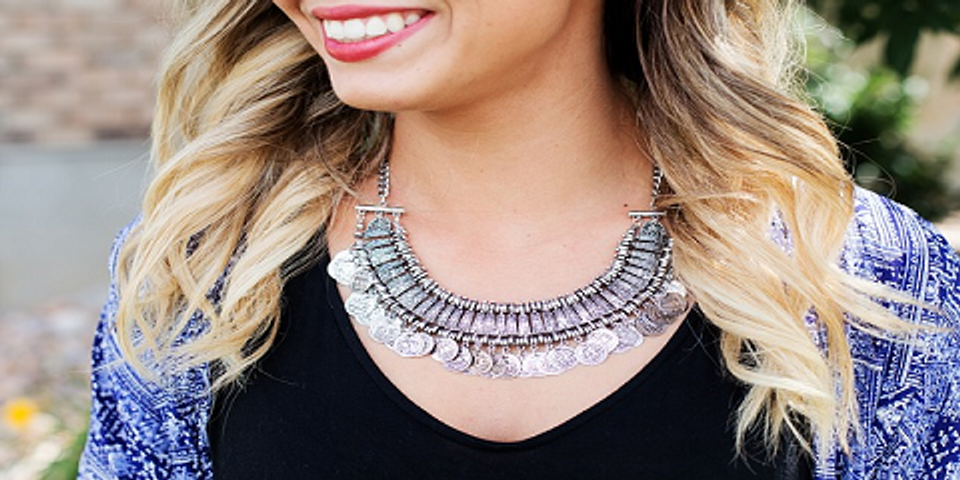How Lost Wax Casting Creates Beautiful Sculptures

More than 5,700 years ago, civilizations around the world used an ancient molding method to make copies of sculptures using brass, bronze, gold and silver. Today, the art of lost wax casting is seeing a resurgence with artisans such as the Frank Billanti Casting leading the way.
For 35 years, the New York-based jewelry manufacturer has specialized in delivering lost wax castings to produce flawless reproductions for its clients. Here’s how the process works:
- Using clay, wood or plaster, the artist creates a desired model.
- The model is transferred to a very fine grade of elastic material encased by a sturdy, outer mold. Once the model is removed, it leaves an impression to work with.
- A copy of the original model is created by putting fireproof clay into the impression.
- After the second clay model’s surface is slightly scraped, it is returned to the mold. Wax is then poured into a gap between the mold and the model.
- Once the mold is closed around the clay model, more hot wax is poured between the mold and model, creating a clay model completely covered in wax. At this point, the model is hand-finished to the artist’s specifications.
- Sprues and gates, which are channels of wax pipes, are connected to the wax-covered model. Initially, the pipes serve as an outlet to allow the wax to seep out as it melts. Then, the pipes allow the molten metal to flow evenly in the mold. The bronze is then poured in.
- The model and its pipes become coarse and thick once a finely granulated ceramic is applied to both surfaces. The new mold, referred to as the investment mold, goes through a drying and heating process that causes the wax to melt and flow from the mold.
- The mold is then covered with a protective metal coating called cladding. The cladding does not cover the place where the liquid bronze will be poured. In this step, it’s important that the cladding be completely dry before the bronze pouring starts. The investment mold then undergoes a heating process to a temperature of more than 1,000 degrees Fahrenheit.
- Molten bronze is poured into the investment mold. It fills the “lost wax” space.
- Once everything has completely cooled, the investment mold and cladding are broken to reveal the metal.
- After removing the sprues and gates, the bronze’s surface is chiseled and filed to remove any residue.
- In the final steps, the sculpture goes through patination where cold or hot oxides are applied to the metal’s surface to create a thin layer of corrosion that products a slight blue, brown or green color called the patina.
If you have a piece of artwork you’ve been wanting to reproduce for some time, call Frank Billanti Casting at (212) 221-0440 for a consultation or visit the website for more information on metal casting services.
About the Business
BUSINESS
Jewelry Store
Frank Billanti Jewelry Casting
42 W 38th St #204, New York, NY 10018
Have a question? Ask the experts!
Send your question

